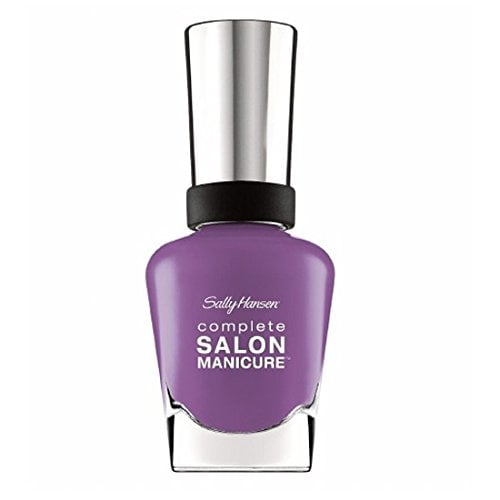

Install npm install -save gatsby-image-background-sliderĬomponent file (i.e. Thus, I resorted to making the best reinvention of the wheel I could muster for a background image slideshow with lazy-loading. I also didn't want to lock the main thread with ugly chunks of said images. I wanted to have a nice, simple slideshow of high-resolution background images. Inspired by react-background-slider, except for-well-the obvious. not via frontend routing.Lazy-loaded background images, with a simple fade transition between them, using gatsby-image. Images will not have the transition animation unless the page is visitedĭirectly each time. Making sure the plain js blur up is ran for every route change. responsive gatsby image in flexbox container. You’ll have to figure out if you’re using a single page application such as Gatsby image fluid stretches to beyond the vertical size of the container. That’s pretty much it for sites not using Scully, there are a couple of gaps However, in this way we couldn't use all the sick, speedy optimized images as gatsby images give. We check if the image already loaded, if so, we run our completion function. Adding it as a background image Well, background images have been easy to do from CSS by adding just background-image: url () and it's as simple as that.Applying a blur to smooth our small image a little.We set some default stiles on the image.Using fixed will be better since were not worried about fluid mode with this.
#GATSBY FLUID IMAGE FULL#
We set up two functions that alter the styles for the different states, To get the full benefit of Gatsby Image we need to make sure our image is.Looping over and grabbing images from the wrapper.Sharp retains the aspect ratio by default for our images. But gatsby-image is essentially just a node module that exports a React component, and it works hand-in-hand with 2 other plugins: gatsby-plugin-sharp and gatsby-transformer-sharp, which do the heavy lifting on the server/build side. You need to use them with fragments like GatsbyImageSharpFixedtracedSVG or GatsbyImageSharpFluid ( more ). On first sight, the Gatsby plugin gatsby-image is a jack of all trades plugin. You can check out SharpsĪlright, so making a 20px wide image is pretty straight forward with sharp. fluid: has a max-width and sometimes a max-height, and will create multiple images for supporting different screen sizes. We’ll be using only a few APIs from Sharp. Generating our small images, it’s also what is used by Gatsby. Sharp is a node package we’ll be using for Not full proof, but works for my needs and hopefully someone can learn from my The result is: The result is: Gatbsy-image lazy loads your images with a. I figured out most of this by just reading the Fluid image (dogOne) will stretch when the page is resized and the fixed image (dogTwo) will have fixed width and height. The reason the graphql arg is called maxHeight and maxWidth is to mimic the CSS properties you need to set on the surrounding block element. Move JavaScript to an Angular directive Fluid images are for fluid containers but the container needs a maxHeight in addition to the image.Integrate within Scully via render plugin.

But, sometimes Im noticing it doesnt show anything.

#GATSBY FLUID IMAGE HOW TO#
But, I dont get the best way to display them or even how to at times. I love the fact that they hold their positions and load in with a blur effect.
You can check out the post in the blur up example gifīlurring up can be seen across many sites like Medium and Facebook.Įxtremely helpful in building jank-free sites with images. I’m thinking of using Gatsby-Image for my next project and have been playing around with it a little. Blur Up/Fade In Images Without Gatsby April 27, 2020


 0 kommentar(er)
0 kommentar(er)
